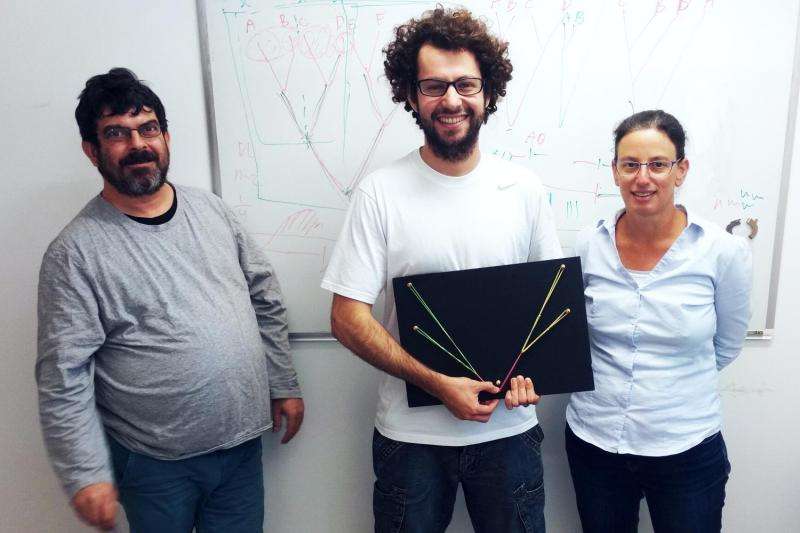Searching for the roots

What are the closest relatives of humans? What is the common origin of multicellular life? What is the source of disease-causing germs that can lead to devastating epidemics? Since the beginnings of modern research into evolution, questions as to the origin of organisms and their ancestor–descendent relationships have played a central role in the field of biology. However, most methods of analysis used have not been developed further for decades - unlike, for example, the genetic and molecular investigation techniques, which have been refined on an ongoing basis. The Genomic Microbiology working group at the Institute of General Microbiology at Kiel University (CAU) has now developed a new procedure which could revolutionise evolutionary biological research, and answer key questions in the history of how life developed. The CAU researchers Fernando Tria and Dr. Giddy Landan describe their universally-applicable bioinformatic method for the analysis of evolutionary lineage and ancestor–descendent relationships in the scientific journal Nature Ecology and Evolution.
The scientists, led by Professor Tal Dagan, member of the evolutionary biological research centre "Kiel Evolution Center" (KEC) at Kiel University, have named their newly-developed method "Minimal Ancestor Deviation" (MAD). Using various evolutionary data, and without assumptions about the relationships of the organisms involved, it is able to accurately determine their common evolutionary origin. With comparatively little effort, MAD achieved unprecedented precision: using this method, the evolutionary origin of a set of organisms could be determined with over 70 percent accuracy. "Our process is based on a mathematical approach that can compensate for specific interference factors, which have previously caused significant imprecision in the investigation of evolutionary roots," explained Fernando Tria, first author of the study and doctoral researcher in the Genomic Microbiology working group at the CAU.
Existing rooting methods were always hampered by various fundamental problems: for example, some approaches used were based on the assumption that evolution takes place at regular intervals - i.e. that the time period between each developmental step always remains the same. The more the actual evolutionary development rate differed from this theoretical expectation, the more inaccurate were the reconstructions - to date. On the other hand, other approaches require prior knowledge about the ancestor–descendant relationships of the studied organisms, which is not always available.
Here, the Kiel researchers suggest a new approach: the MAD method aims to determine the common ancestor from which all the organisms descend, in trees with unknown roots. To achieve this, MAD analyses the length of the branches in the tree; the distance between two organisms provides insight into their relationship. The closer together they are, the more closely related they tend to be. From the analysis of all pairs of organisms included in the tree, MAD can then determine the location of the common ancestor. The analysis of pairs of organisms is the key to bypass the known interference factors - and in so doing it achieves unprecedented precision.
In order to verify this accuracy, the Kiel research team led by Dagan tested the MAD method on evolutionary trees that have already been studied in detail, in which the respective original ancestor is regarded as proven. To do this, they used around 1,500 example trees, which they had reconstructed from the protein sequences of 31 different organisms. In comparison with the two most commonly-used reconstruction procedures, MAD provided the best results by far, with an accuracy of over 70 percent. "Our highly-precise method has the potential to definitively answer the long-discussed theories in the field of evolutionary biology - the key questions of origin in the development of life," said group leader Tal Dagan optimistically. In the future, the Kiel research team could, for example, contribute to resolving the controversial origin of multicellular life. "What is also fascinating is that our procedure is actually universally applicable. From the origin and development of languages to the evolution of pathogens, we can reconstruct completely different types of origin stories," continued Dagan.
More information: Fernando Domingues Kümmel Tria et al. Phylogenetic rooting using minimal ancestor deviation, Nature Ecology & Evolution (2017). DOI: 10.1038/s41559-017-0193
Journal information: Nature Ecology & Evolution
Provided by Kiel University




















